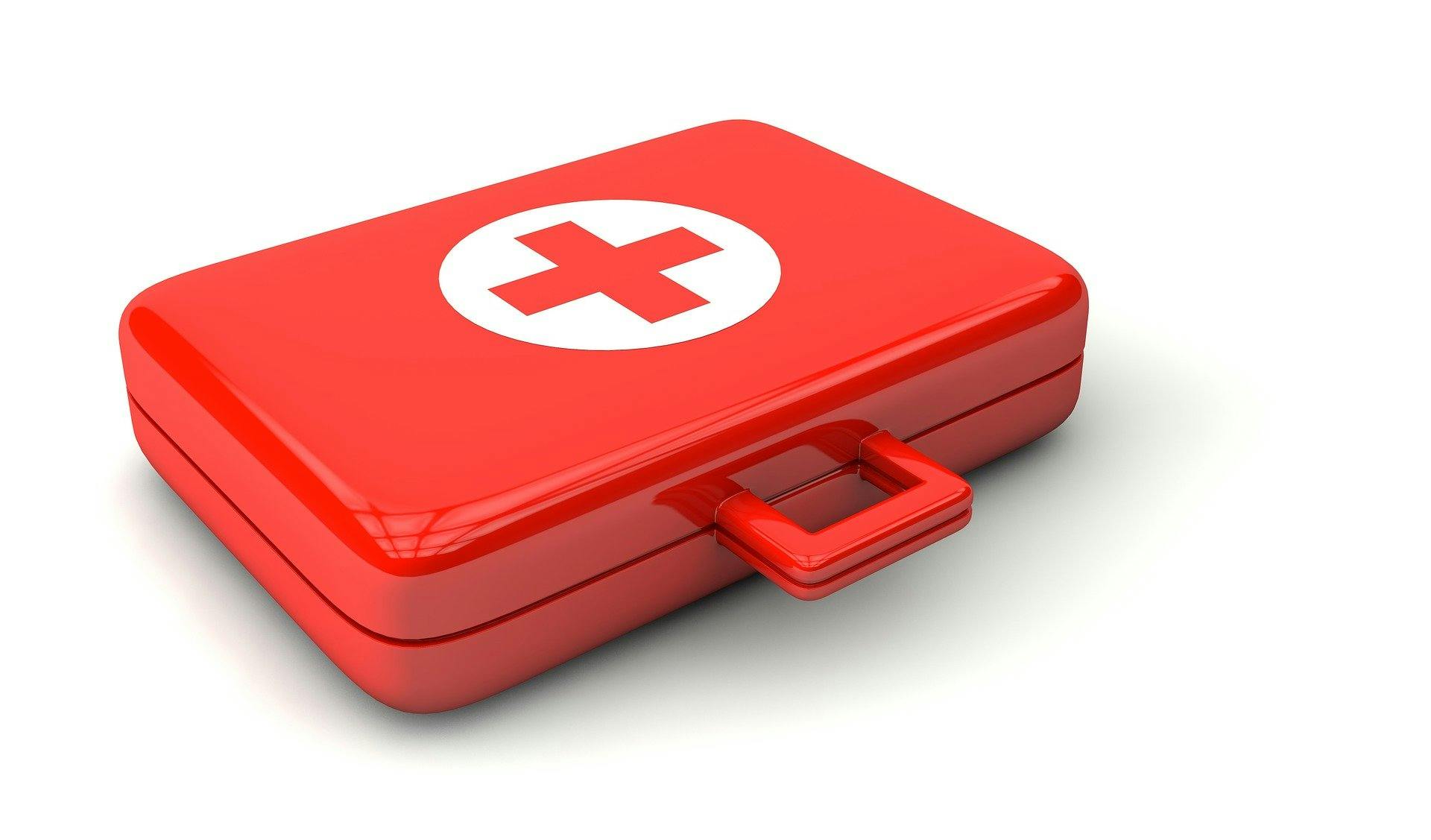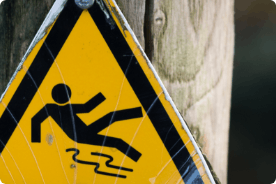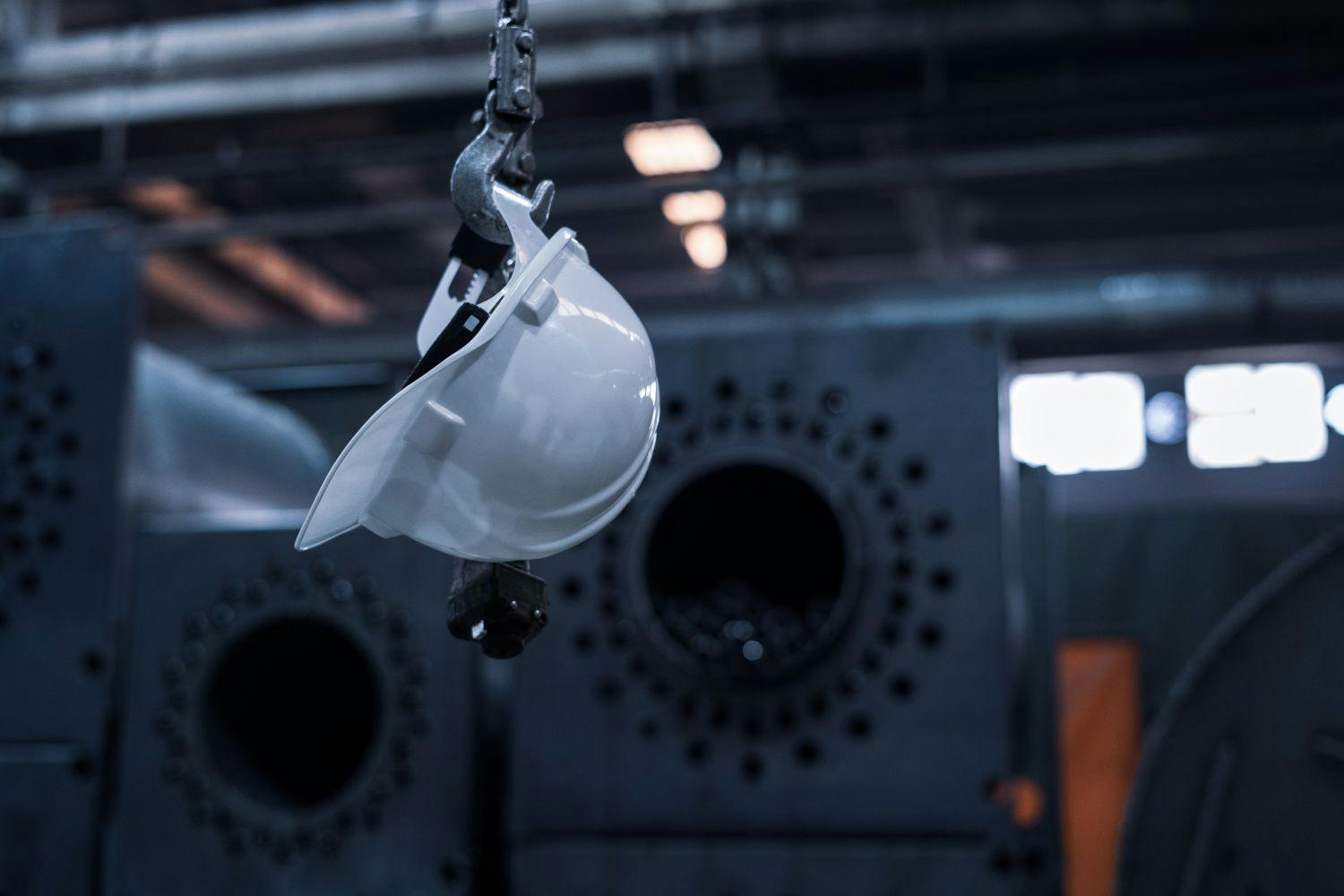First published on Thursday, Jun 04, 2020
Last updated on Thursday, Sep 22, 2022
As an employer, you should always put health & safety first. It’s your responsibility to handle the wellbeing of your employees at work.
To ensure this, you must have a health & safety policy in place which includes first aid. If not and an injury is caused, you could face hefty compensation claims and even tribunal hearings.
First aid at work can save lives, so you must understand why it's important and how to train your staff properly.
In this guide, we'll explain what first aid at work is, the legal requirement, and what arrangements employers should have in place.
What is First Aid at Work?
First aid at work is the immediate attention given to someone who is suffering from an accident, injury or ill-health.
At work, basic first aid training is needed to assist work colleagues. First aid is given by trained personnel before emergency services arrive.
First aid learners need the right guidance and training course to ensure the safety of their colleagues.
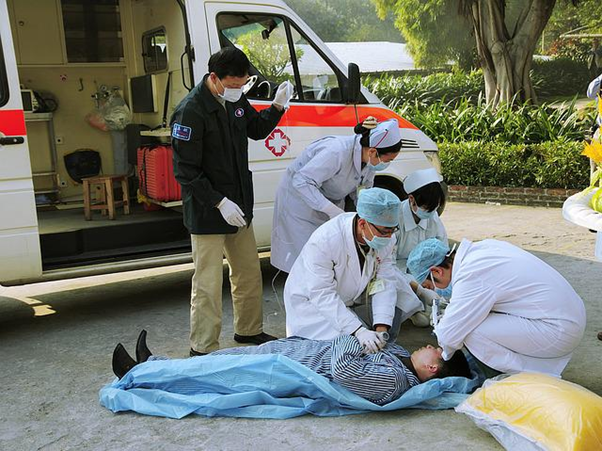
What is the Legal Requirement for First Aid at Work?
The Health and Safety (First Aid Regulations) 1981 require employers to provide appropriate first aid equipment, and facilities to ensure employees receive immediate attention if they're injured at work.
Appropriate first aid will depend on the circumstances at work. This will depend on if first aiders need to be trained, what needs to be included in the first aid box and if a room is needed.
The First Aid Regulations (1981) don't place a legal duty on employers to make a first aid provision for non-employees such as the public or children in schools. But the HSE strongly recommends that you include them in your first aid provision.
These safety first aid regulations apply to all employers, even those with less than five employees.
First Aid Needs Assessment
To establish what first aid provision is required, you need to provide an assessment of the first aid needs at work.
All employers are required to carry out a first aid assessment in the UK. This should consider:
- Whether a first aider is needed.
- Any potential hazards in the workplace.
- The size of the company.
- The distance to emergency services.
- Working hours.
- Any potential visitors at work.
What Are First Aid Arrangements?
Your first-aid arrangements will depend on the outcome of your assessment. This should show the level of first aid equipment, facilities and person required to carry out first aid.
As an employer, you must have:
- A stocked first aid kit.
- A designated person to carry out first-aid arrangements.
- Any information for employees giving out arrangements.
Although your first aid assessments identify workplace issues, you're likely to need several trained first aiders.
Do You Need First Aiders?
Yes, first aiders hold vital skills and practical training in the workplace in case there is an accident.
They are trained by competent first aid training providers in:
- First aid at work.
- Emergency first aid.
- Any other training that is identified in your assessment.
How Many First Aiders Do You Need?
After carrying out your assessment, you will now know how many first aiders you need. There is not a legal number of first aiders, but there is HSE guidance that could help you understand. The HSE recommends the following for work activities:
Low-Level Hazard
If work activities are a low-level hazard (e.g., office or shops) and there are fewer than 25 workers, you may only need one first aider or none.
If the number of workers increases to 25 and 50, then at least one first aider is needed. But if more than 50 people are employed, then you'll need at least one appointed person for every 100 people.
High-Level Hazards
But if your work activities are higher-level hazards (e.g., food manufacture or building sites), then you'll need at least one first aider if there are fewer than five members of staff.
When the number of workers surpasses 50, you'll need at least one person who has first aid skills for every 50 employees.
What Should Be in the First Aid Box?
There is not a set requirement of items you should have in your first aid box at work. But as a minimum, you should have:
- A leaflet outlining first aid guidance.
- Assorted plasters (20).
- Triangular bandages (4).
- A pair of disposable gloves (1).
- Medium-sized sterile wound dressings (6).
- Large-sized sterile wound dressings (2).
- Sterile eye pads (2).
This first aid kit should be sufficient for your workplace. First aid kits should be kept in a place that all employees know.
This way, if there is an accident, first aiders can act quickly and prevent further injuries.
Should You Offer First Aid Training?
To ensure the safety of your workers, you need to be able to provide the appropriate level of first aid training with a work course.
The first couple of minutes following an accident, injury or ill-health are the most vital. Ensuring the first aider has sufficient work training to take control of the situation, can be the difference between life and fatal work accidents.
All training providers need to be able to satisfy the criteria set out by the Health and Safety Executive (HSE). It should include:
- The work qualification expected of first aid trainers (this is valid for three years).
- Monitoring the quality assurance systems.
- The standards of first aid at work.
- A certification.
First Aid at Work Training Course
The HSE requires all learners of first aid to attend all sessions of a work course. This can be done by continuous observation and questioning during the course.
A work training course can allow your employees to be prepared and well-equipped if an accident does occur at work. It can also cover a range of technical topics such as spinal injuries, head, fractures, choking, bleeds and much more.
Depending on the size of your business, you may need additional first aid cover. This means if one employee is absent or on annual leave, another employee can fill the role.
What is Emergency First Aid at Work Course?
First aid emergencies enable an appointed person at work to give first aid to someone who is injured or becomes ill while being at work.
First aid at work training equips the appointed person to apply first aid to a range of specific injuries and illnesses. Emergency first aid is designed for low-risk workplaces and minor injuries.
This course will help learners develop the skills and offer guidance to help someone who is:
- Unresponsive.
- Having a seizure.
- Choking.
- Suffering from shock.
- Burnt.
- Not breathing.
The HSE requires at least six hours for this course. An assessment is also done through continuous observation during this course.
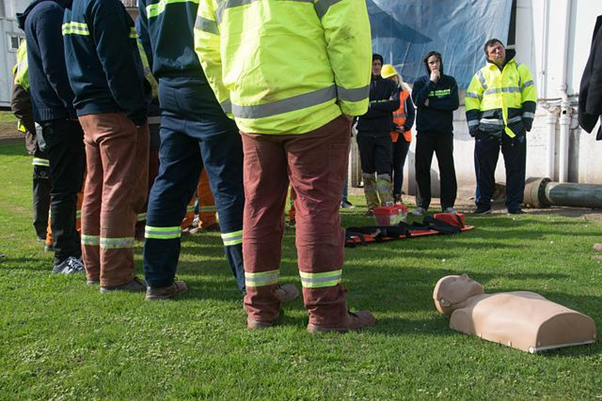
What to Do If There is an Accident at Work?
If there is an accident in the workplace, you need to follow the correct process. You must report certain cases of injuries, illnesses, or incidents to the Health and Safety Executive. This can be done under the Reporting of Injuries, Diseases and Dangerous Occurrences Regulations, known as RIDDOR.
These incidents must fall into the following categories:
- Fatal accidents and non-fatal.
- Work-related diseases.
- Accidents that result in more than seven days of absence.
- Gas-related incidents.
You can report certain cases on the HSE website.
Manage First Aid at Work With BrightHR
In the workplace, you should always think of health and safety first.
If your business needs assessment to implement the appropriate first aid training, this should be done as soon as possible. Depending on the level of risk your business operates in, you may only need one first aider.
If you don't abide by the safety first aid regulations and one of your employees has an accident, you could face hefty compensation claims and even tribunal hearings.
BrightHR can help you manage first aid at work with our BrightSafe helpline. Don’t hesitate to call us if you need any guidance with your first aid needs assessment.
Book a free demo today or give us a call on 08007832806
Have a question?
Ask away, we’ve got lightning fast answers for UK business owners and employers powered by qualified experts.
